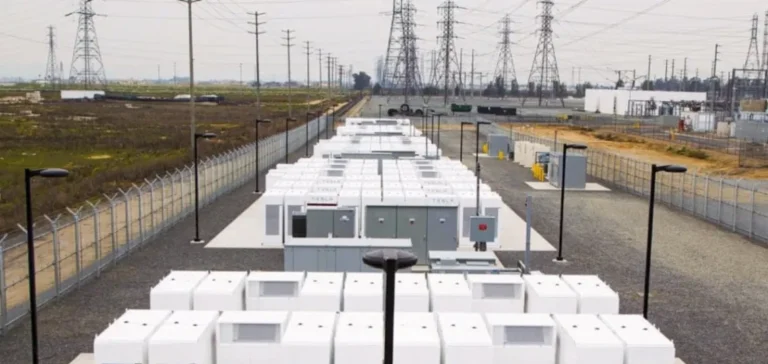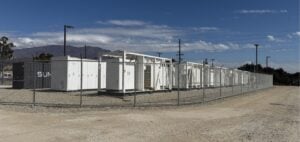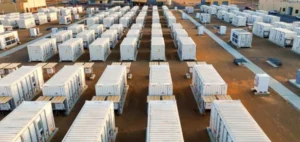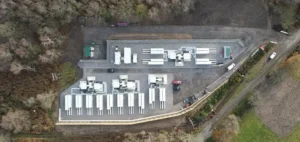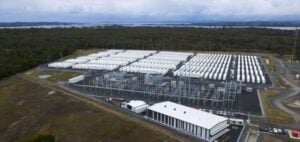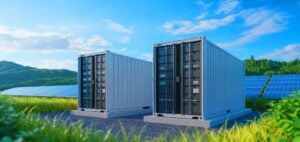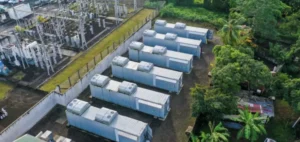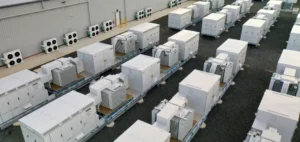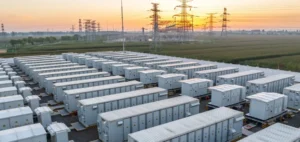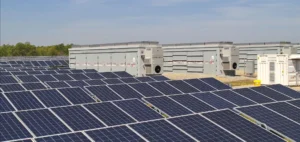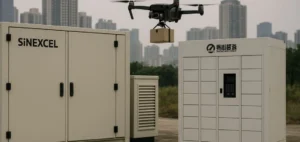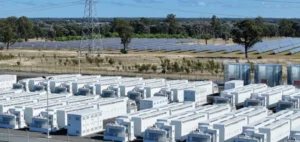The US energy storage market recorded historic growth in the second quarter of 2025, with a total installed capacity of 5.6 gigawatts (GW), according to the latest US Energy Storage Monitor report published by the American Clean Power Association (ACP) and Wood Mackenzie. This performance marks a new peak for the sector, largely supported by the utility-scale storage segment, which alone reached 4.9 GW.
Utility-scale projects dominate growth
The capacity added in the large-scale segment represents a significant increase, sufficient to supply around 3.7 million American households during peak demand periods. Texas, California and Arizona each contributed more than 1 GW of this capacity. In the Southwest Power Pool (SPP) region, Oklahoma saw three projects come online, the first in three years.
Upward forecast revisions were noted in Florida and Georgia, attributed to intensive procurements led by vertically integrated utilities. These dynamics reflect a growing trend to use storage as a lever for grid stability and to mitigate electricity price volatility.
Expansion in residential and community storage
The residential segment recorded 608 megawatts (MW) installed during the period, a 132% year-on-year rise and an 8% increase quarter-on-quarter. California, Arizona and Illinois were the main drivers of this growth, with higher attachment rates and increased system capacity.
The community, commercial and industrial (CCI) segment expanded more modestly with 38 MW installed, up 11% year-on-year. California and New York accounted for more than 70% of this capacity, while Illinois continued to gain traction.
Mixed outlook through 2029
Medium-term prospects anticipate cumulative capacity of 87.8 GW by 2029, driven mainly by the residential and utility-scale segments. However, a 10% decline in utility-scale installations is expected in 2027, primarily due to uncertainties related to Foreign Entity of Concern (FEOC) regulations, which could affect battery cell sourcing.
The report indicates that growth in the CCI segment could remain below 1 GW by 2029, despite regional programmes such as Massachusetts’ SMART 3.0. Residential storage could outpace solar, supported by stronger policy resilience, high attachment rates in certain markets and continued access to the Investment Tax Credit (ITC) via third-party ownership.
Regulatory risk and supply chain
New battery sourcing requirements, applicable after 2025, will impose strict criteria to qualify for the ITC. Although domestic supply is increasing, recourse to Chinese suppliers remains under consideration by some developers to address potential shortages.
Utility-scale storage projects that do not meet certain milestones by the end of 2025 could be exposed to these new constraints. A wave of projects entering the launch phase is expected before these rules come into force, supporting near-term forecasts while leaving downside risk if permitting delays persist.


